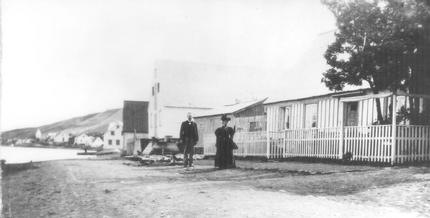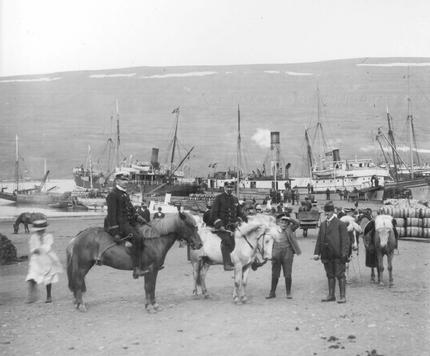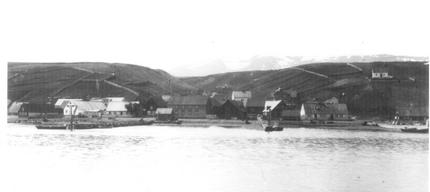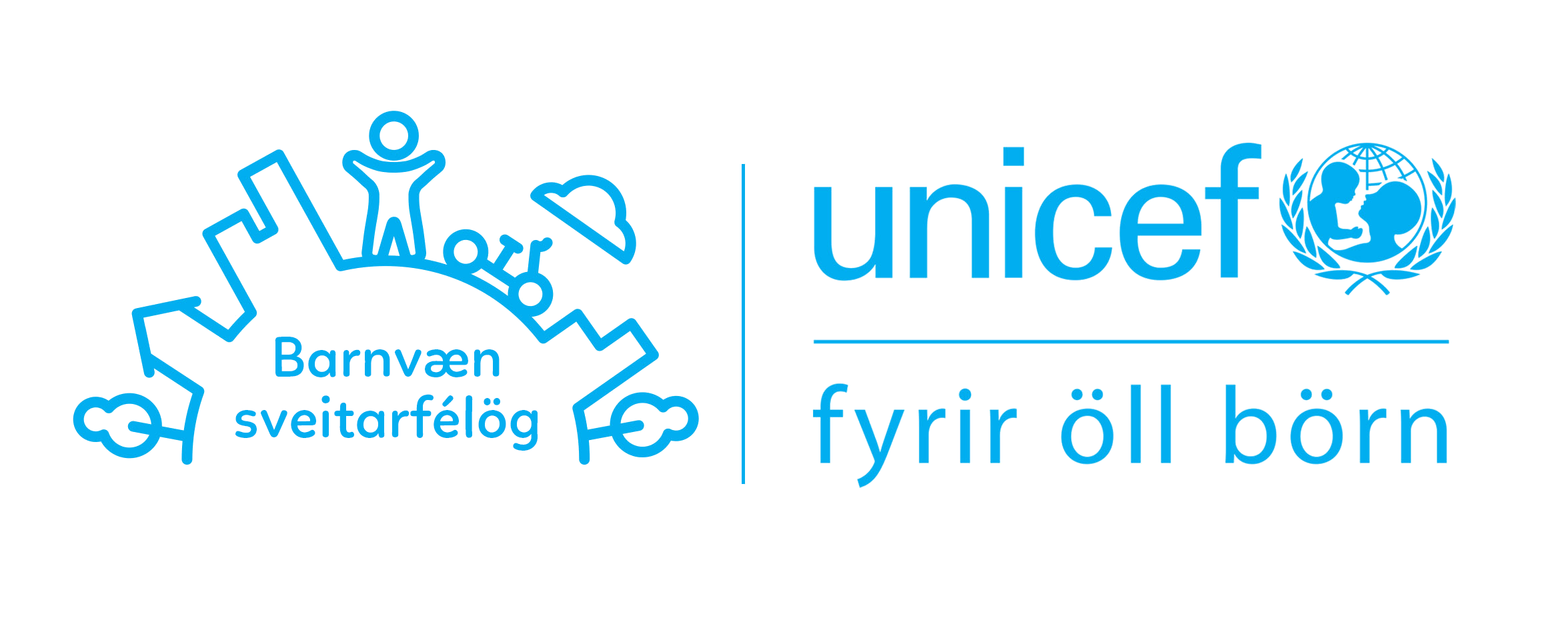- Services
- Moving to Akureyri
- Children and youth
- Social services
- Roads and transportation
- Sport and activities
- Environment and planning
- Administration
- Service Portal / Þjónustugátt
From The History of Akureyri
By historian Jón Hjaltason
Akureyri was first mentioned in 1562, when a sentence was passed on a woman who had bedded a man without being in possession of a marriage certificate. This was when the only buildings in Akureyri were the shops and storehouses of Danish merchants. It was not until 216 years later, in 1778, that the first residential house was built in Akureyri and only 8 years after that Akureyri became a certified trading post for the first time in its history, as part of measures taken by the Danish king to improve living conditions in Iceland. At this time Akureyri had 12 inhabitants. The royal attempts at improving the lives of the Icelanders, were mostly unsuccessful, however; the town failed to grow and prosper and lost its licence as a trading post in 1836. This important commercial status was not regained until 1862.

It is by no means a coincidence that Akureyri´s name originates from a cornfield that was thought to have existed in a sheltered location within one of the channels or gullies formed by streams flowing through neighbouring farmlands. (Other explanations of the town´s name exist, but none as much to the point as this one). I find this explanation of Akureyri´s name particularly apt, since the town´s inhabitants have right from the beginning of the 19th century been widely known for their interest in gardening and the town has occupied a unique position among Icelandic population centres for its fertile and lush vegetation. The inhabitants discovered the art of growing potatoes just before 1800 and early on trees began to appear in Akureyri and were a source of wonder to all and sundry.
As a matter of fact, however, it was not the native population of Akureyri that pioneered this interest in plants and gardening, but Danish merchants that had moved to the town. The fine and fertile gardens that were such a defining characteristic of Akureyri in the late 20th century are the most obvious example of Danish influence on the town.

Another characteristic of Akureyri were the sandbanks that projected into the harbour; in earlier times there were no fewer than five of those. Four have now disappeared, however, owing to the diligence of the Akureyri people in reclaiming land from the sea. The northernmost one, Oddeyri Point, is still in place, though, and a clear landmark in the town. It was in the inner harbour, in the safe shelter of Oddeyri Point, that the merchants of earlier times preferred have their ships lie at anchor. And the harbour depth allowed the largest vessels to anchor close to the shoreline so that a fully laden rowing boat would reach land within a few minutes.
Perhaps it was neither the shelter nor the deep harbour, however, that proved decisive in spurring the growth of Akureyri as a commercial centre. Of even greater importance was probably the fact that the surrounding district was well suited for agriculture, especially within the deep inland valleys sheltered from the sea breeze. And the market was ripe and ready, for the Danes were keen to buy meat and wool products. In the late 19th century, the farmers of the Eyjafjörður District began to join an organisation whose aim was to improve their negotiating position with regard to the Danish merchants. From this organisation sprang the Eyjafjörður Co-operative Society (KEA) which has, during the entire 20th century, made its mark on Akureyri and been a strong influence in the growth and development of the town.
By using some mental gymnastics, we could therefore maintain that the Eyjafjörður Co-operative Society, or KEA, is another offspring of the activity of Danish merchants in Akureyri and may be regarded as a memorial to their influence, no less than the local interest in growing plants and cultivating gardens.

Although diverse kinds of agriculture-related industry, often operated with the support of KEA, have been of major importance in the town during the 20th century, fishing companies have also gained a foothold. These differ from most other developments already commented on, in the sense that it is almost impossible to endow them with a Danish flavour. The Danish merchants, who ran their businesses in Akureyri in earlier times took little interest in fishing and it was not until the Norwegians began their second settlement in Eyjafjörður in 1867 that the people of Akureyri suddenly awoke to the fact that piles of money could be made out of the summer herring whose shoals had swum close to the shore, alongside the main street of the town, as far back as could be traced in the memories of the oldest citizens of Akureyri. After making this significant discovery, the townspeople also developed an interest in learning the process of salting cod. This was the beginning of fishing operations in Akureyri which have been ongoing ever since, in spite of a number of dead and dreary episodes, during which people almost forgot for a while that life existed in the sea. Now at the beginning of a new century, Akureyri, home to the headquarters of two of Iceland´s five largest fishing companies, is among the largest fishing and fish processing centres in Iceland.
Last updated 21. September 2021


